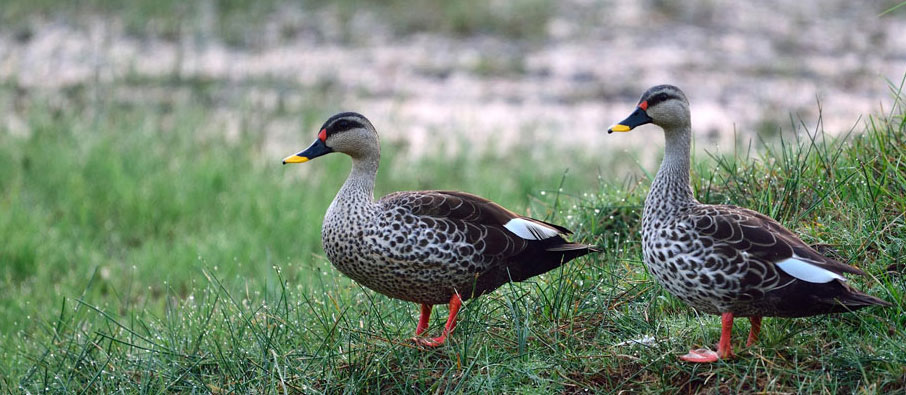Popular Stories from Tadoba Tiger Reserve

One of the more heart-warming stories involved a tiger that was filmed picking up a plastic bottle from a waterhole. The video, shot by wildlife photographer Deep Kathikar, went viral and highlighted the issue of plastic pollution in protected areas. The photographer's caption, "Sweet gesture by the Tiger. We will try to keep our jungles clean," struck a chord with many viewers and emphasized the need for better waste management practices in wildlife habitats.
In other news, Tadoba National Park has seen a surge in tourism due to its high likelihood of tiger sightings. The park, located in the Chandrapur district of Maharashtra, spans over 625 square kilometres and includes a significant number of water bodies that attract wildlife, making it a prime spot for wildlife photography and safaris. The park's zones such as Moharli and Kolsa are particularly known for frequent tiger sightings drawing both national and international tourists.
There have also been discussions about the park's cultural heritage. Tadoba National Park is not just a biodiversity hotspot but also a region rich in cultural history. This aspect of the park adds another layer of attraction for visitors interested in understanding the intertwining of natural and cultural landscapes of Tadoba National Park.
Moreover, the park's administration is actively working to enhance the visitor experience and promote sustainable tourism. This includes efforts to educate tourists on the importance of conservation and the role they can play in preserving the natural beauty and ecological balance of the park. These initiatives are crucial as they help mitigate the impact of tourism on the park's ecosystem while ensuring that visitors can enjoy the unique wildlife experiences Tadoba offers.
In nut shell, Tadoba National Park continues to be a leading example of wildlife conservation in India. Its ability to balance ecological preservation with tourism provides valuable lessons for other protected areas worldwide. The recent news highlights both the challenges and successes in maintaining this delicate balance, from addressing pollution to enhancing visitor engagement and promoting sustainable practices.